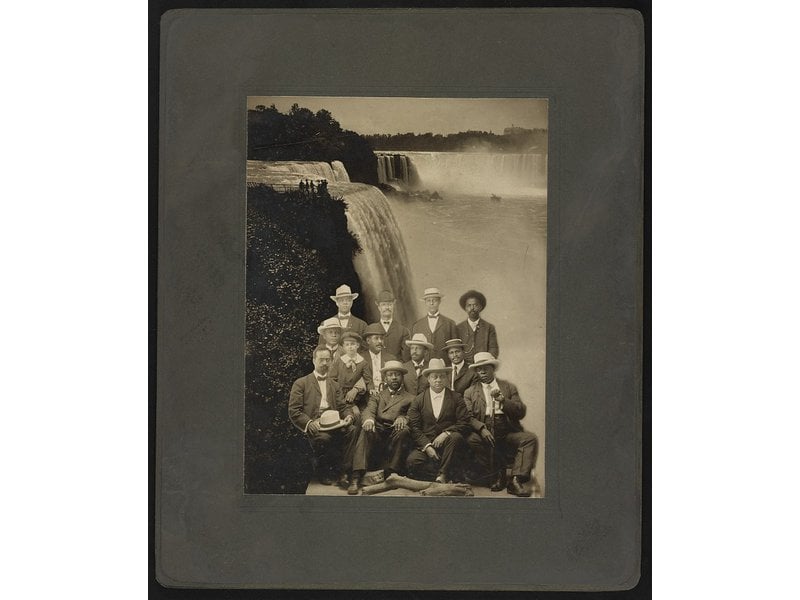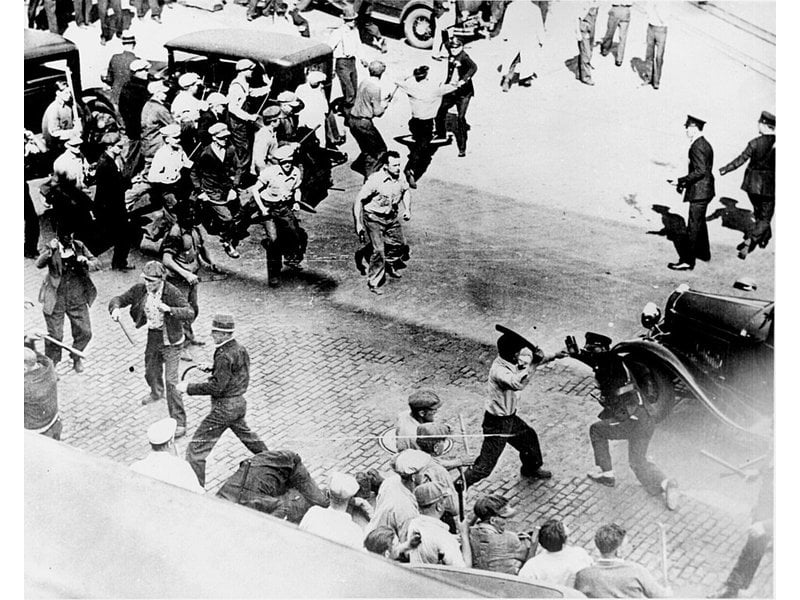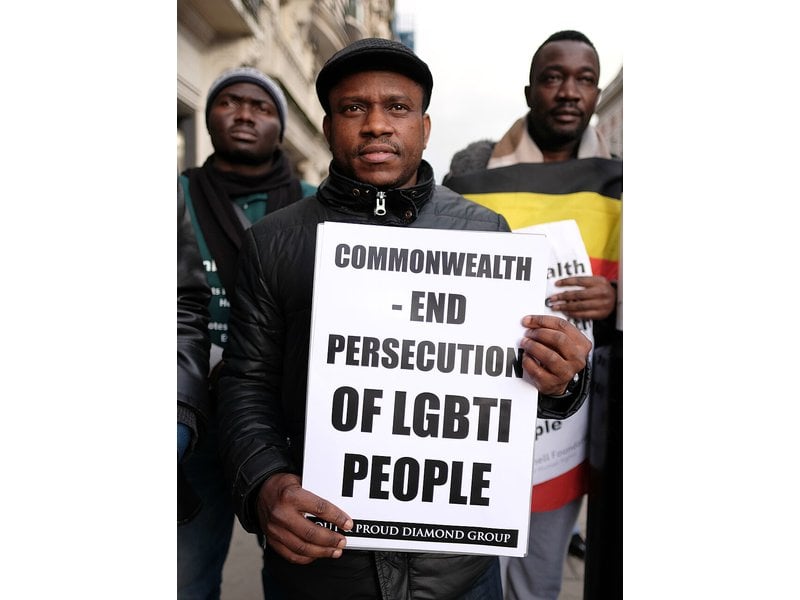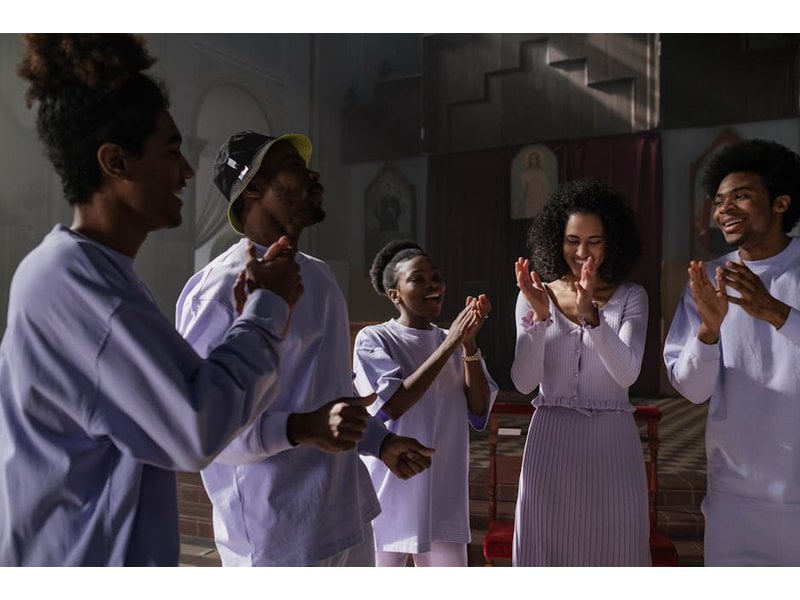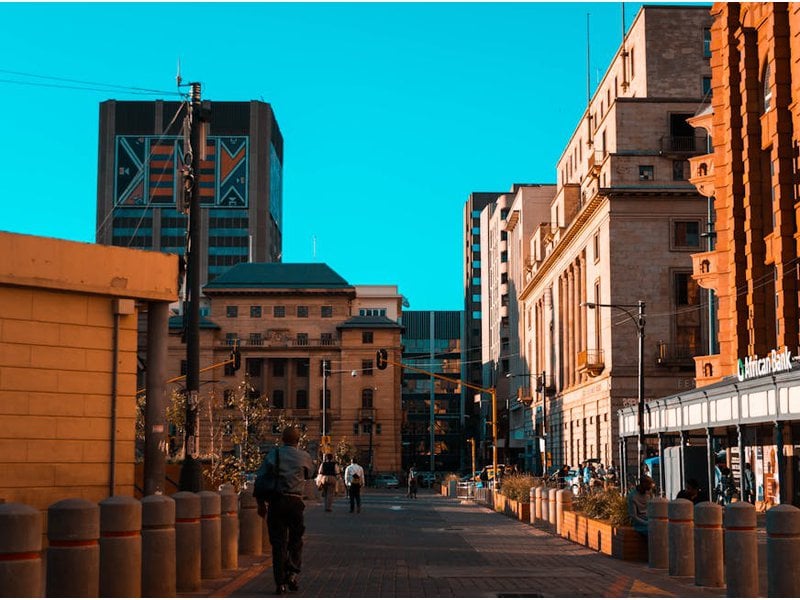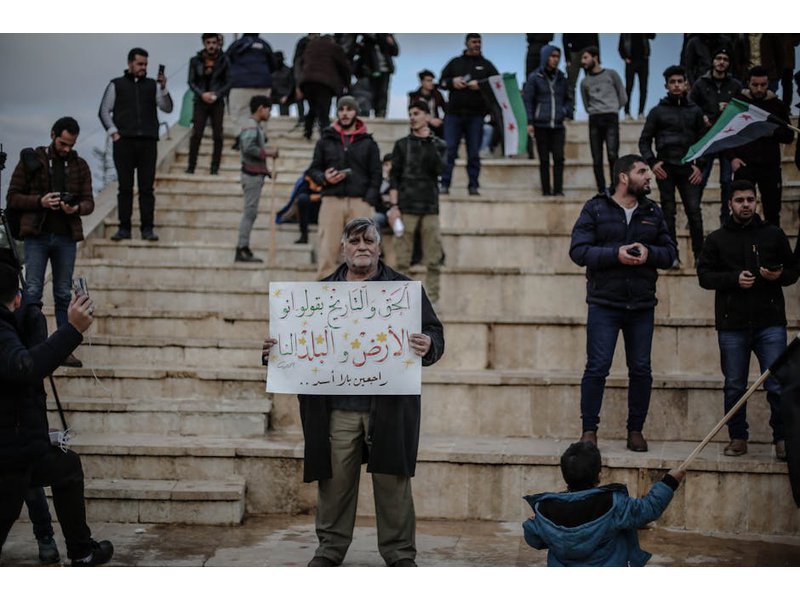167 pray in
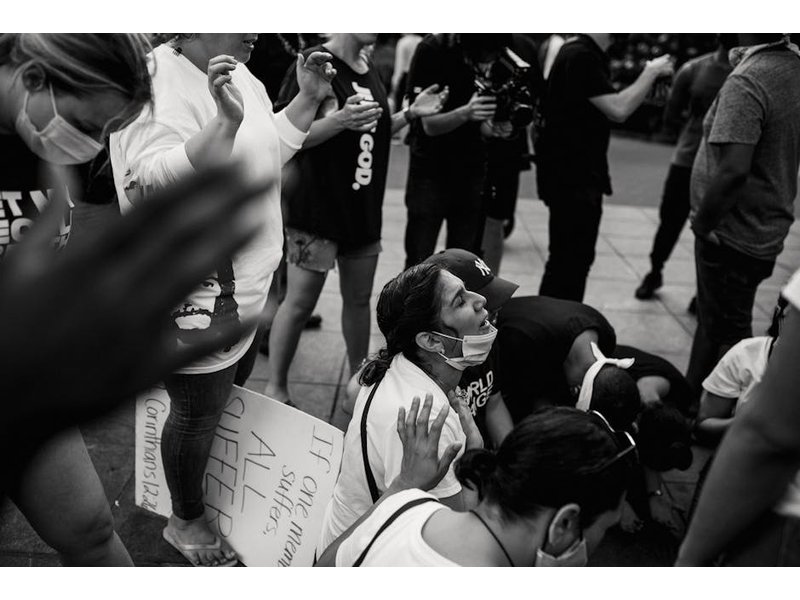
"In the pray-in persons enter, or attempt to enter, a church from which they have been by custom or policy barred, in order to participate equally in the religious services. In cases where admission has been allowed but seating has been segregated, participants in the pray-in sit in the pews reserved for others."...
Potentially awesome partners
High scoring campaigns using this method
Historical cases from the Nonviolent Action Database that used this method
Atlanta students sit-in for U.S. civil rights, 1960-1961
In the early 1960’s, student-led sit-ins were a prominent scene in the United States Civil Rights Movement. The success of a sit-in in Greensboro, North Carolina (see “ Greensboro, NC, students sit-in for U.S. Civil Rights, 1960 ”) began a wave of ac...
Coalition of Immokalee Workers demand fair food agreement from Chipotle restaurant, 2006-2012
In 2006, the Coalition of Immokalee Workers (CIW) began what would become a 6-year campaign against Chipotle for fair food and farmworker rights. The CIW, “a membership-led farmworker organization of mostly Latino, Haitian, and Mayan Indian immigrant...
Black students of Concord, N.C. sit-in for U.S. civil rights, 1960
On 12 February 1960, nearly two weeks after sit-ins at Greensboro, North Carolina (the Greensboro Four) began, over 100 students at the historically black school Barber-Scotia College started sit-ins in the lunch counter at Belk’s department store an...
Iranians overthrow the Shah, 1977-79
Agitation in Iran was visible by May 1977 in predominantly intellectual circles. A group of lawyers—upset by the government’s interference in the judiciary—drafted a strongly worded manifesto chronicling the legal abuses that had occurred under the S...
Redwood Rabbis protect northern California trees, 1995-1999
Maxxam, a logging company run by CEO Charles Hurwitz, took over Pacific Lumber Company in 1986. Hurwitz doubled the rate of logging in Northern California forests, including Headwaters forest, an old-growth redwood forest in Humboldt County, Californ...
African Americans campaign for reopening of public schools in Prince Edward County, Farmville, VA, 1959-1964
Rather than comply with the 1954 Supreme Court ruling on\n\nBrown v. Board of Education of Topeka\n\nthat called for the desegregation of public schools, the Board of Supervisors of Prince Edward County refused to appropriate funds to its public scho...
Mayan pacifist group Las Abejas pressures Chiapas military base to close, 2000, Mexico
Las Abejas is a Christian pacifist group of about 6,000 Tzotzil Maya indigenous people who live in Chiapas. Las Abejas means "The Bees" in Spanish, reportedly indicating the value of collective work and life that shares the honey with those who need ...
Rock Hill, South Carolina, students sit-in for U.S. civil rights, 1960
In 1955, before the sit-in campaign in Rock Hill, South Carolina even began, Rock Hill’s St. Anne School desegregated in compliance with the Brown vs. Board of Education ruling. In 1957, Rev. Cecil Ivory (who would later become a leader in the sit-in...
Black students, community, allies begin desegregating Jackson, Mississippi, 1962-1963
Jackson was the largest city in Mississippi in 1960, with 250,000 residents, 50,000 of whom were black. Medgar Evers, a field secretary for the Jackson chapter of the National Association for the Advancement of Colored People (NAACP) began to build u...
Civil Rights activists campaign against de facto segregation in Milwaukee schools, 1964-1966
In 1963, nearly ten years after the Brown vs. Board of Education court case declared school segregation illegal, de facto rather than legal segregation remained prevalent in many northern cities of the United States including Milwaukee. Milwaukee had...
Low scoring campaigns using this method
Historical cases from the Nonviolent Action Database that used this method
